Protecting Your Spine While Staying Active
Sports are a fantastic way to stay fit, build strength, and develop coordination. But while physical activity has countless benefits, it also places stress on the spine. As the body’s central support system, the spine plays a crucial role in movement, balance, and shock absorption. Keeping it healthy is essential, no matter your age or level of athleticism.
Whether you’re a young athlete pushing your limits, an adult striving to stay in shape, or a parent looking out for your child’s well-being, understanding how to protect the spine can prevent injuries and keep you active for years to come.
How Spine Injuries Vary by Age
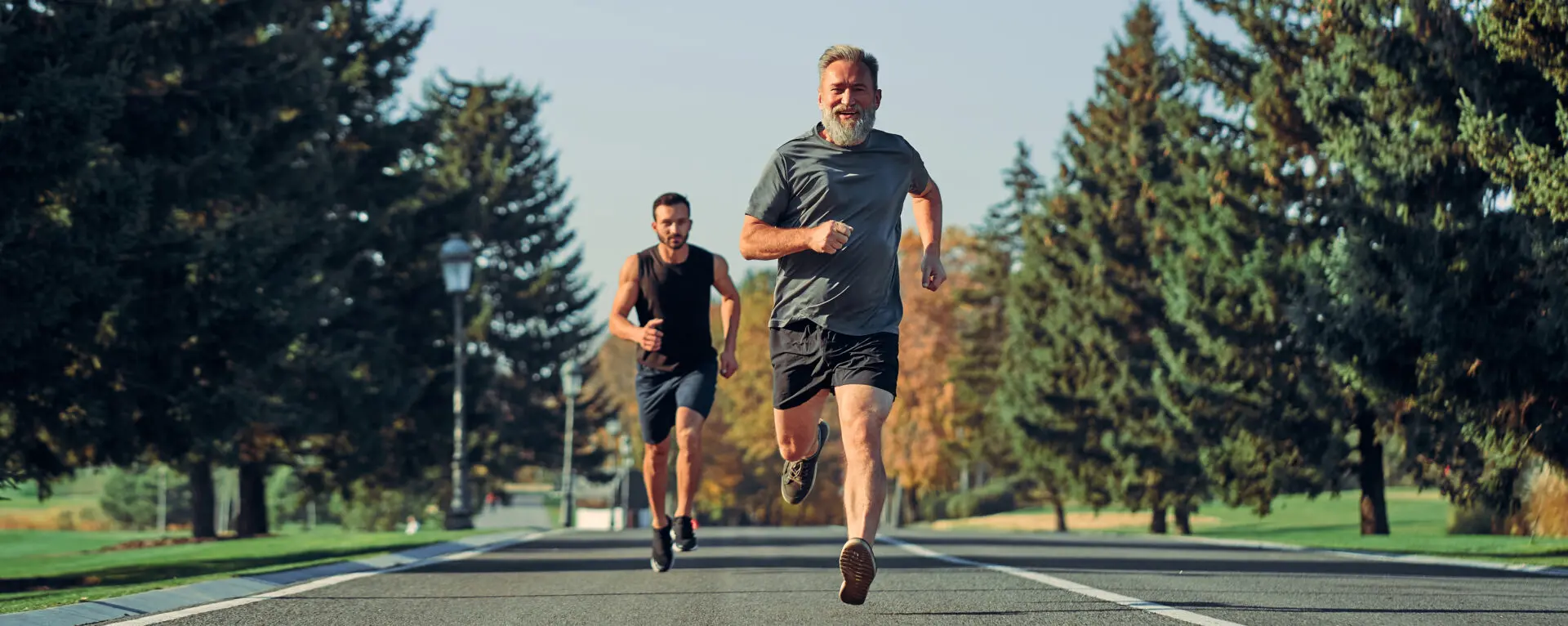
Just as athletic ability changes with age, so does the risk of certain spinal injuries. While young athletes may struggle with growth-related conditions, adults often experience wear-and-tear injuries, and older athletes must be mindful of degenerative conditions.
Kids & Teens: Growth-Related Issues and Overuse Injuries
Young athletes are still developing, making their spines more vulnerable to specific injuries. High-impact sports and repetitive motions can take a toll, leading to conditions such as:
- Growth Plate Injuries: Growth plates are the soft areas of developing bone at the ends of long bones, including those in the spine. Contact sports like football and high-impact activities like gymnastics can strain these areas, leading to pain and mobility issues.
- Overuse Injuries: Repetitive motions in sports such as running, weightlifting, and gymnastics can lead to muscle strains and stress fractures, which are small cracks in the bone that develop over time due to repetitive impact.
- Spondylolysis: This is a stress fracture in the lower back, often seen in young athletes participating in gymnastics, football, and weightlifting. This can be a risk factor for developing spondylolisthesis, where one vertebra slips over another, causing instability and pain.
Aggressive sports training may be too rigorous for young athletes, increasing the likelihood of spinal injuries. Parents should ensure that young athletes follow safe training practices to prevent overuse injuries.
Adults: Wear-and-Tear Injuries
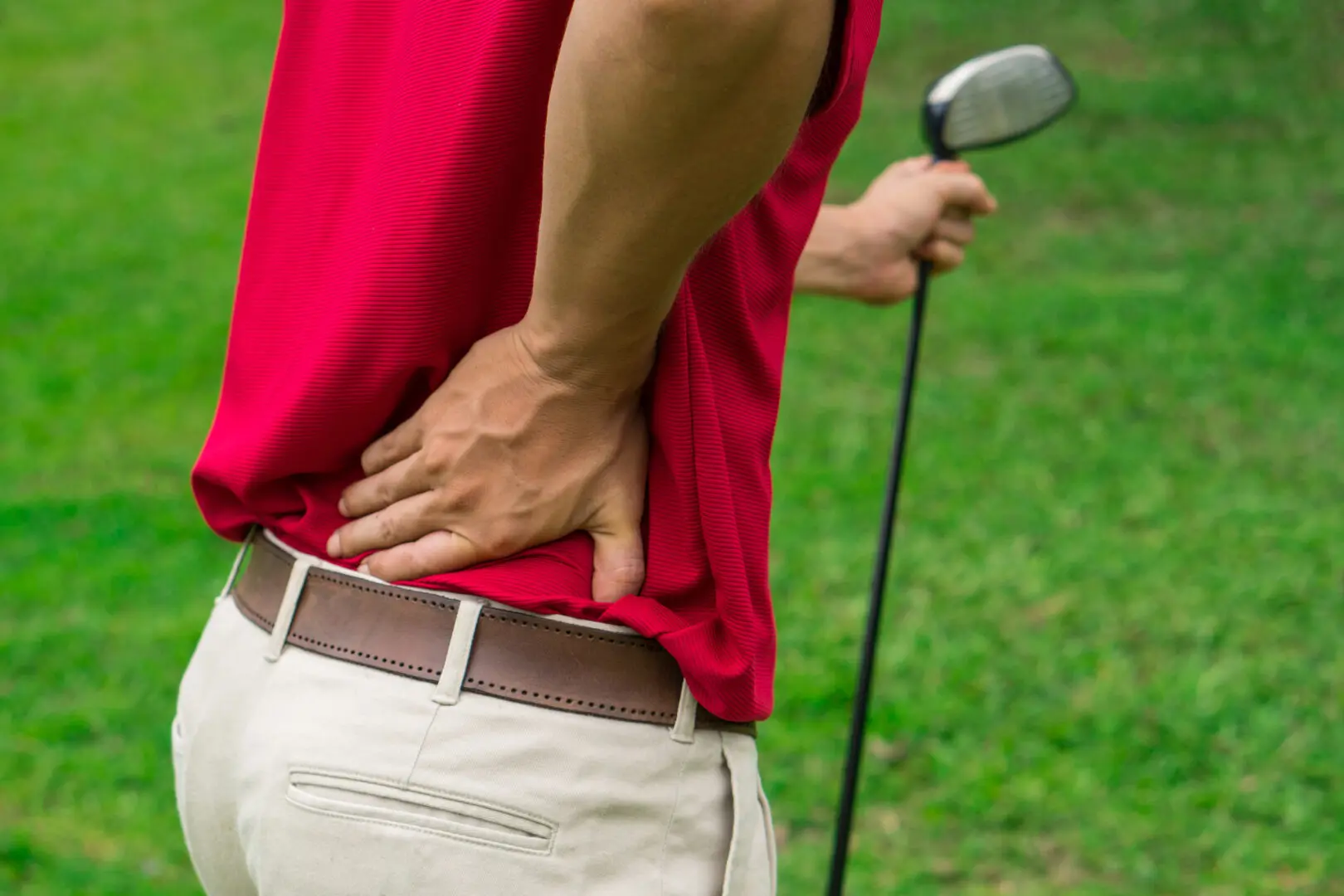
As people transition into adulthood, their spine endures more stress from years of activity. Common issues include:
- Herniated Discs: The spine is made up of vertebrae separated by soft discs that act as cushions. When a disc is compressed or ruptures, its inner gel-like material can push out and press on nearby nerves, causing pain, numbness, or weakness.

- Sciatica: This occurs when the sciatic nerve, which runs from the lower back down the buttocks and legs, becomes compressed, leading to pain that radiates down one or both legs. It is often caused by a bulging or herniated disc in the lowest region of the spine.
For adults managing back pain, low-impact exercises like yoga and aquatic therapy can help restore flexibility and reduce discomfort.
Older Adults: Managing Spinal Degeneration
With age, the spine naturally experiences wear and tear, increasing the risk of:
- Spinal Stenosis: This condition occurs when the spaces within the spine narrow, putting pressure on the spinal cord and nerves. It can lead to pain, weakness, and difficulty walking.

- Fractures: Osteoporosis, a condition that weakens bones, makes older adults more prone to spinal fractures, especially after falls or high-impact activities.
Despite these risks, older athletes can still lead active lifestyles with the right precautions. Some have even returned to sports after spinal surgery with great success. Listen to the story of a 60- year-old woman who experienced a spinal fracture due to osteopenia on our Get Back to it Podcast.
How to Protect Your Spine Through Training
Regardless of age, prevention is key to maintaining a healthy spine. Here are some essential strategies to minimize the risk of injury:
- Warm Up and Stretch: Proper warm-ups prepare muscles and joints for movement, reducing strain on the spine. Dynamic stretching, such as leg swings and arm circles, increases flexibility and blood flow.
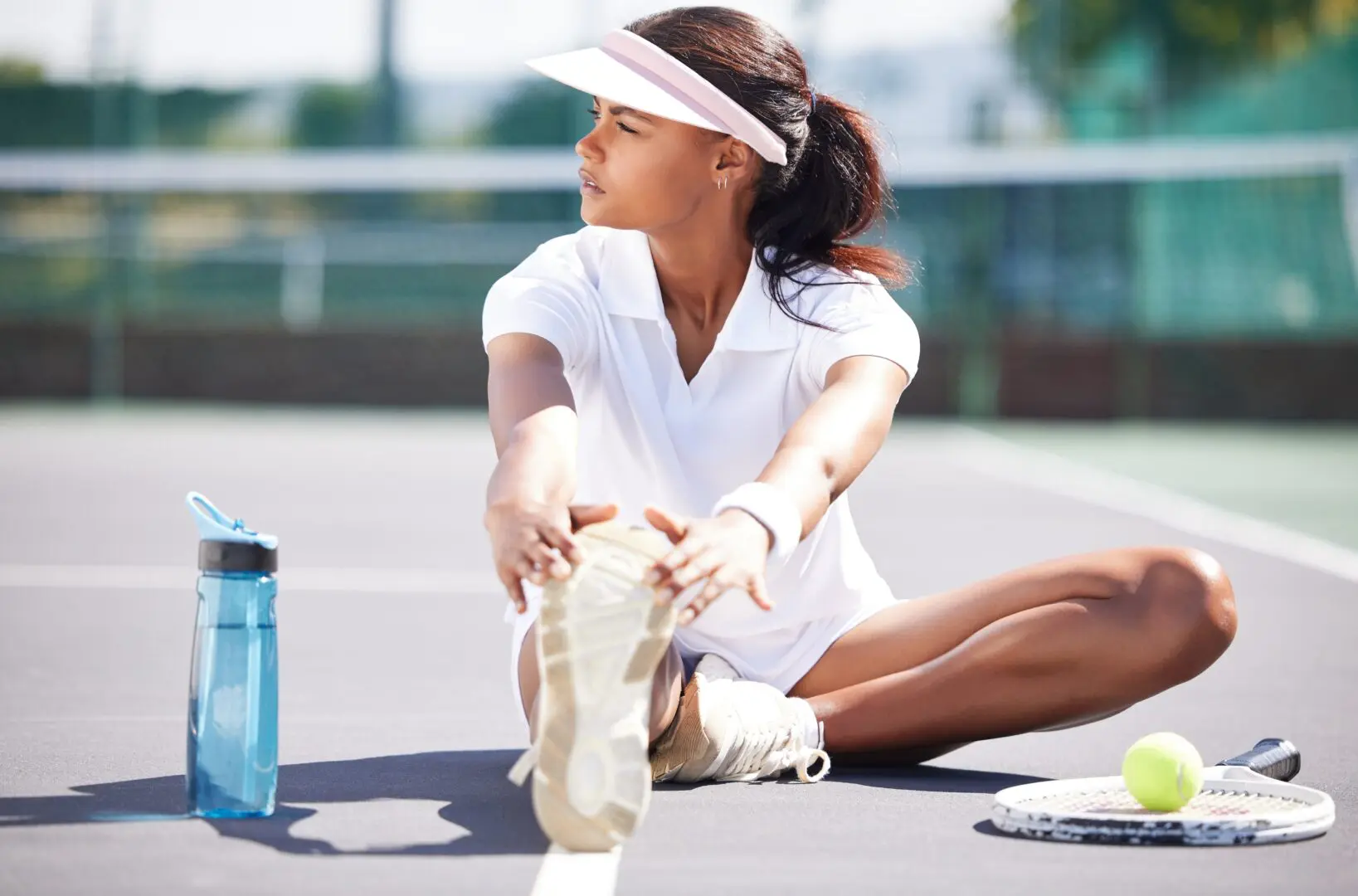
- Build Core Strength: The core muscles, including the abdominals, obliques, buttocks, and lower back muscles, play a crucial role in stabilizing the spine. Strengthening these muscles through exercises like planks and bridges can improve posture and prevent injuries.

- Prioritize Good Form: Using proper technique while running, lifting, or playing sports prevents unnecessary spinal stress. Poor mechanics can lead to excessive pressure on the vertebrae and discs.

- Wear the Right Gear: Supportive footwear and protective braces can reduce impact on the spine, particularly in high-contact sports.
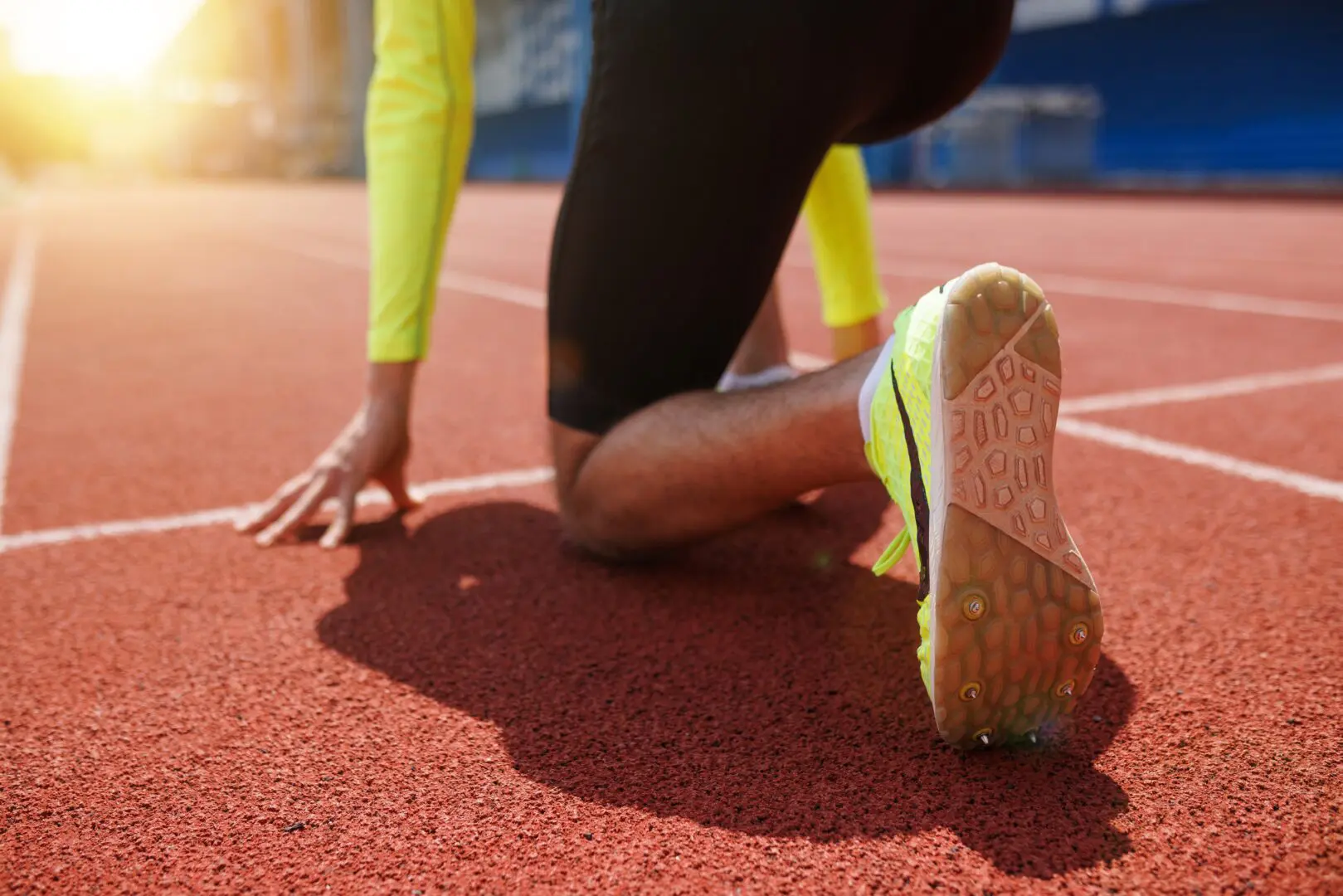
Recovering from a Spine Injury
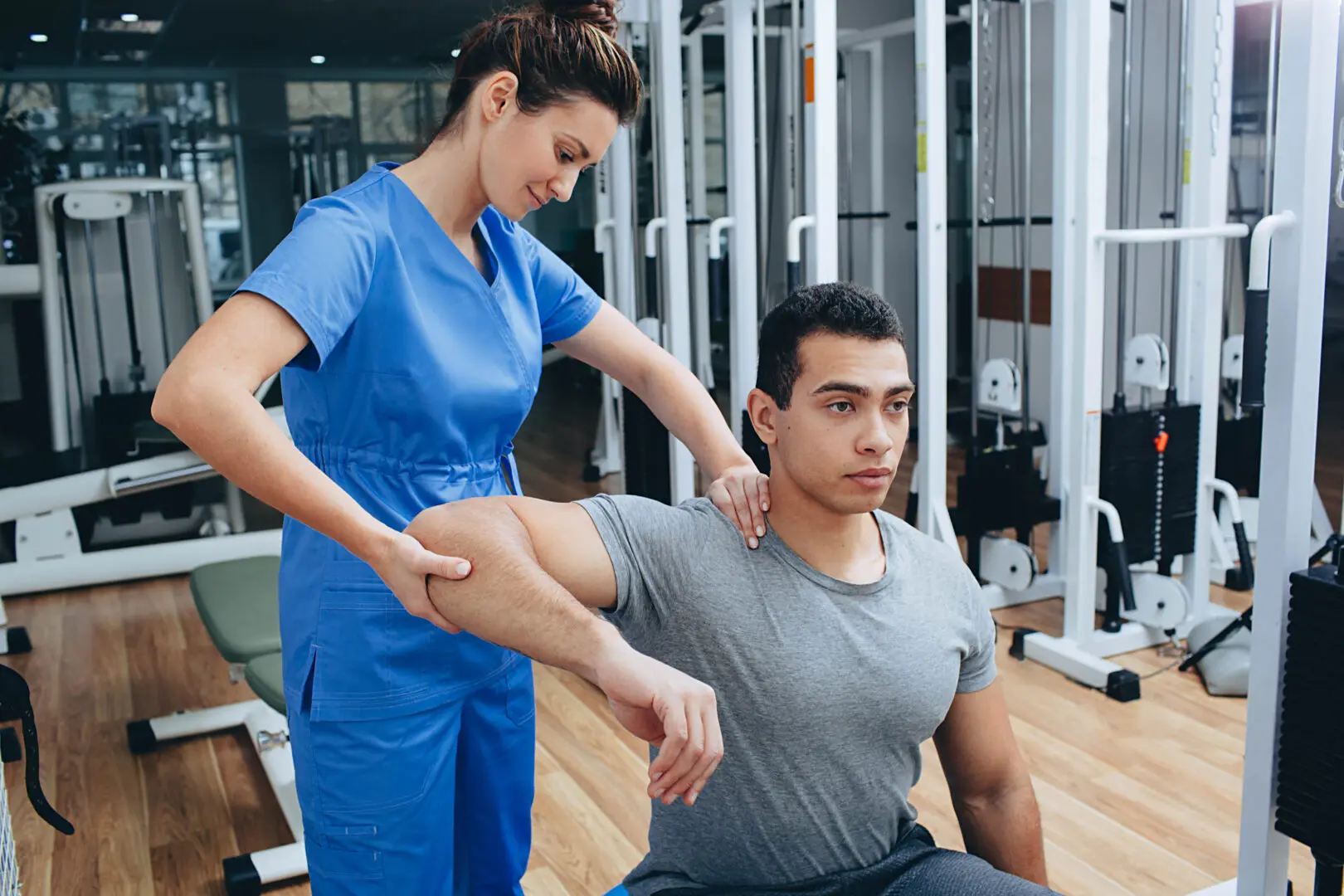
Even with precautions, injuries can happen. A proper recovery plan can make all the difference in healing effectively and getting back to sports safely:
- Immediate Care: The RICE method—Rest, Ice, Compression, and Elevation—helps manage initial pain and swelling.
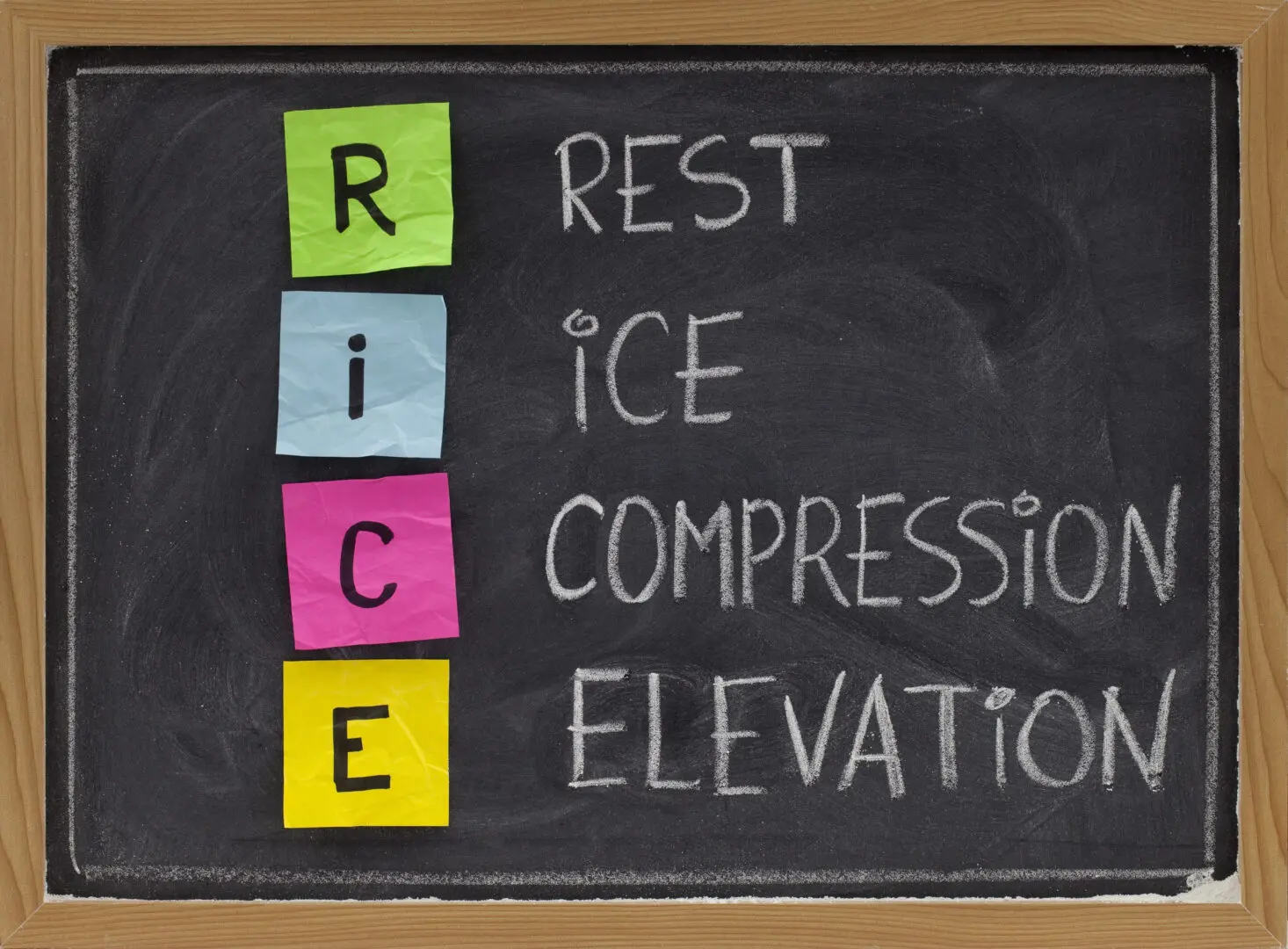
- Know When to Seek Help: Persistent pain, numbness, or weakness may signal a more serious spinal issue requiring medical attention.
- Rehabilitation & Physical Therapy: Guided exercises help strengthen the spine and prevent future injuries. Physical therapists often focus on improving mobility and reducing pain through targeted movements.
- A Gradual Return to Activity: Jumping back into sports too soon can lead to reinjury, so a slow and steady return is best.
Many athletes have overcome spine injuries and successfully returned to competition. Read about a collegiate swimmer’s story.
When to See a Doctor
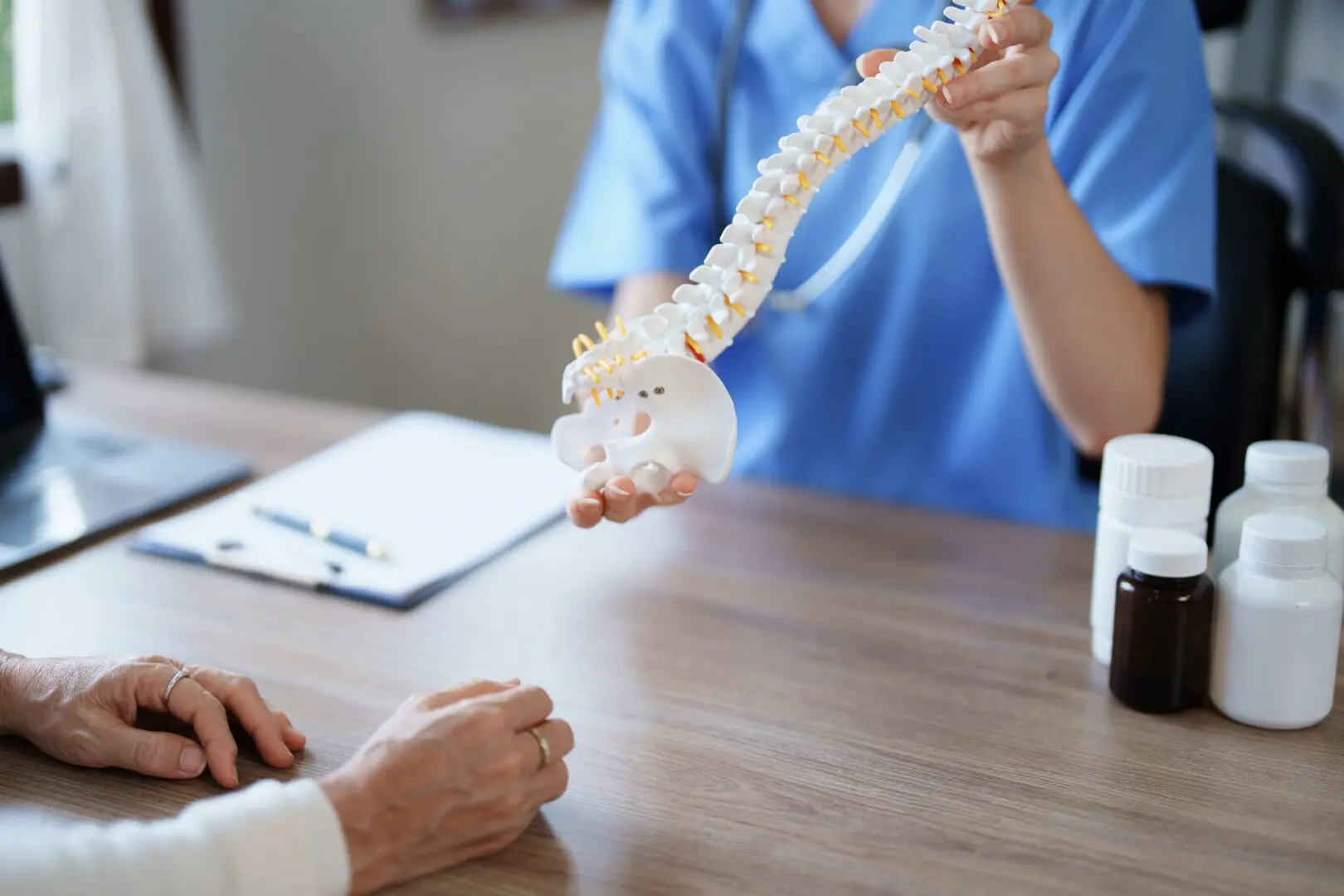
If back pain persists or is accompanied by numbness, tingling, or weakness, it’s time to consult a doctor. In some cases, imaging tests like X-rays (which show bone structure) and MRIs (which provide detailed images of soft tissues) are needed to diagnose spinal conditions. Early intervention is crucial for long-term spine health and can often prevent the need for invasive treatments.
Many athletes have undergone spine surgery and successfully returned to their active lifestyles. Read about this tennis player’s story.
Keep Moving While Protecting Your Spine
Staying active is essential for a healthy spine at any age. While injuries can happen, the right precautions and recovery strategies can keep athletes of all levels doing what they love for years to come. By listening to their bodies and following smart training practices, athletes can maintain long-term spinal health without sacrificing performance.
By taking care of your spine today, you ensure a stronger, healthier future!



